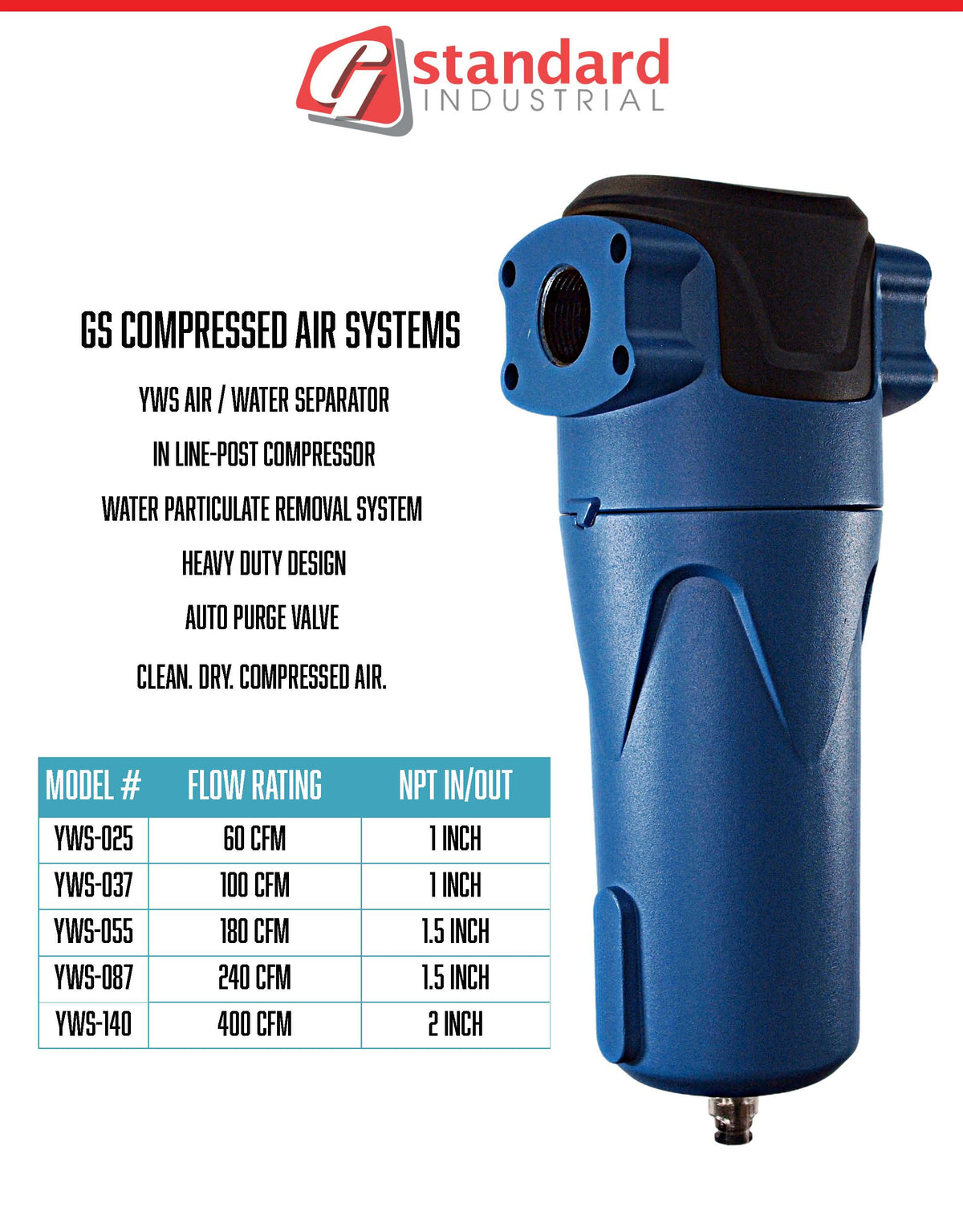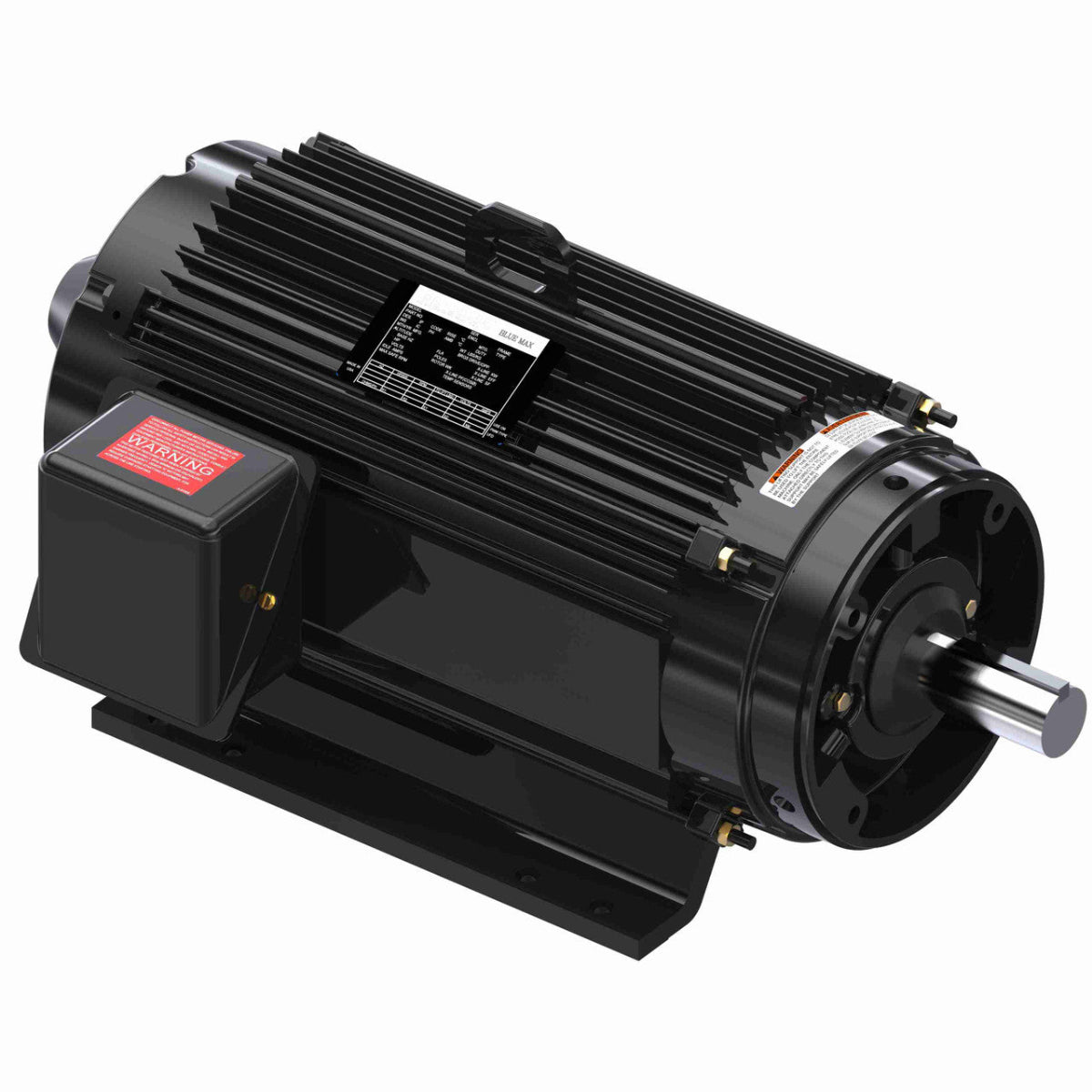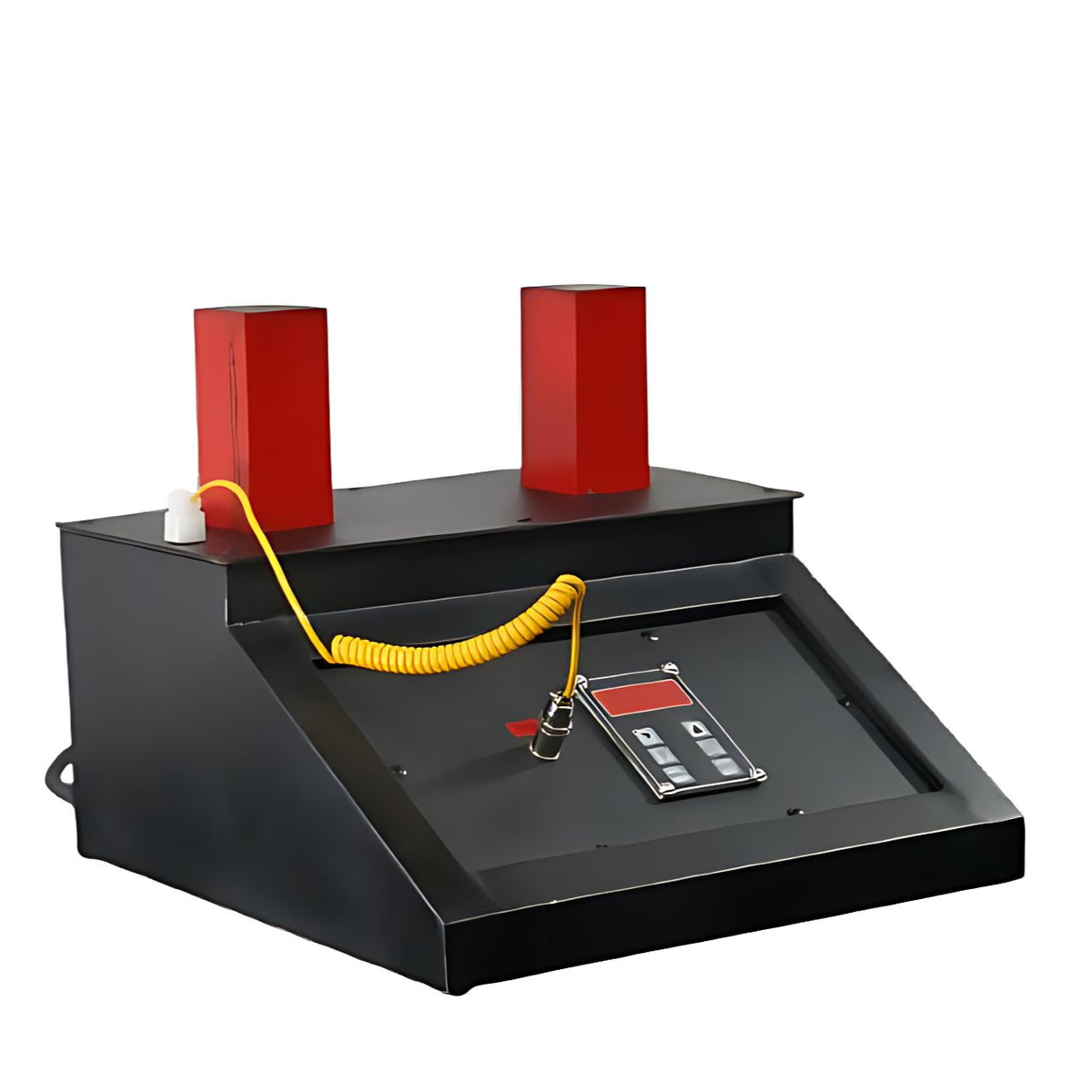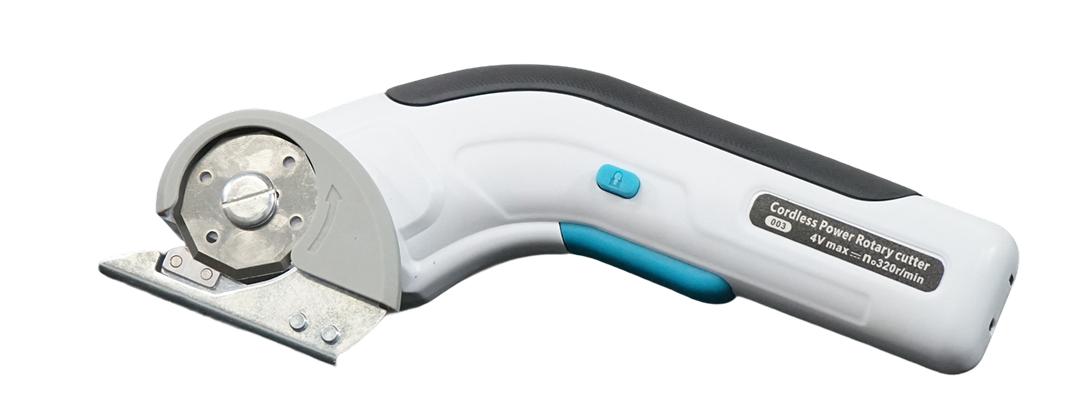Author: Industrial Compression Research Unit
Presented by: G Standard Industrial
A rotary screw air compressor is a type of positive displacement gas compressor that is the cornerstone of modern industrial compressed air systems. It is distinguished from other compressor types by its use of two intermeshing, helical screws (rotors) to compress air in a continuous, sweeping motion. This design is mechanically simpler and more robust for continuous operation than the reciprocating motion of piston compressors.
These compressors are categorized primarily by their cooling and sealing method, leading to two main architectures:
-
Oil-Flooded (or Oil-Injected) Rotary Screw Compressors: This is the most common type. In these models, oil is injected directly into the compression chamber. The oil serves multiple critical functions: it seals the microscopic clearances between the rotors, absorbs the heat generated during compression (adiabatic heating), and lubricates the rotors and bearings. The air-oil mixture is then discharged into a separator tank where the bulk of the oil is removed, cooled, and recirculated. While highly efficient, the output air contains trace amounts of oil (typically 3-5 ppm after filtration), making it suitable for general industrial applications like powering tools, actuators, and machinery, but not for sensitive processes.
-
Oil-Free Rotary Screw Compressors: Designed for industries where even the slightest oil contamination is unacceptable. These compressors utilize a set of timing gears to keep the male and female rotors precisely synchronized without making contact. This eliminates the need for oil in the compression chamber. The chambers are instead sealed by very precise, manufactured clearances. The compression stages are often split (e.g., two stages) with an intercooler between them to manage the significant heat buildup. They deliver Class 0 oil-free air, which is mandatory for applications in:
-
Food & Beverage: Where air contacts the product.
-
Pharmaceuticals: Where air is used in drug manufacturing and packaging.
-
Electronics: For manufacturing silicon chips and sensitive components.
-
Textiles: To avoid oil stains on fabrics.
-
Key Advantages of Rotary Screw Compressors:
-
Continuous Duty Cycle: Designed for 24/7 operation at 100% duty cycle, unlike reciprocating compressors which require rest periods.
-
High Efficiency and Air Delivery: Provide a large, consistent volume of air (high CFM) with minimal pulsation or pressure drop.
-
Lower Sound Levels: The rotary motion generates less noise and vibration than piston compressors, often meeting workplace noise regulations without an isolated room.
-
Reduced Maintenance: With fewer wearing parts than a reciprocating unit and no valves or pistons to replace, maintenance primarily involves routine oil, filter, and separator changes.
For facilities where compressed air is a critical "fourth utility," investing in a high-quality rotary screw compressor from a specialized provider like G Standard Industrial is essential for ensuring production uptime, operational efficiency, and long-term reliability.
Sources for this Article:
-
Compressed Air and Gas Institute (CAGI). Compressor Types. Retrieved from https://www.cagi.org/education/compressed-air-system-basics.aspx
-
Wikipedia contributors. (2024, January 28). Rotary-screw compressor. In Wikipedia, The Free Encyclopedia. Retrieved from https://en.wikipedia.org/wiki/Rotary-screw_compressor
-
Energy.gov. (n.d.). Types of Compressors. Office of Energy Efficiency & Renewable Energy. Retrieved from https://www.energy.gov/energysaver/compressed-air-systems




0 comments